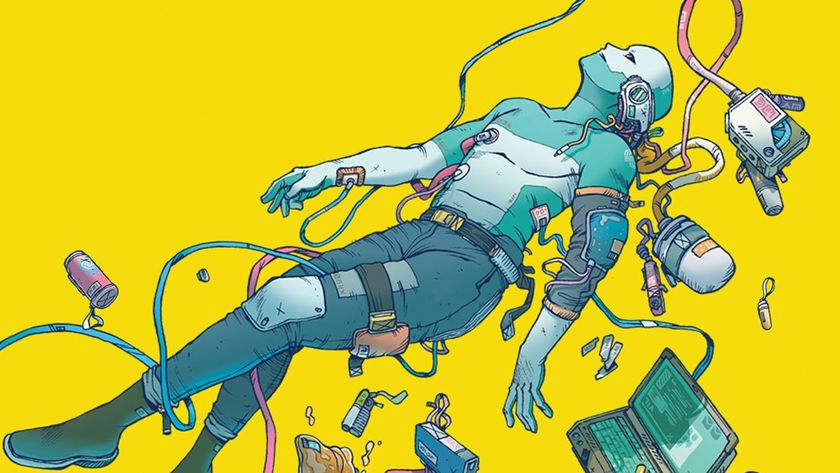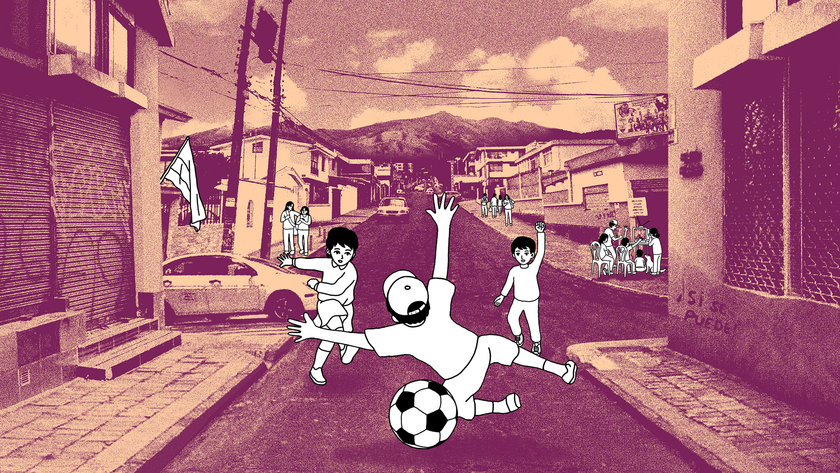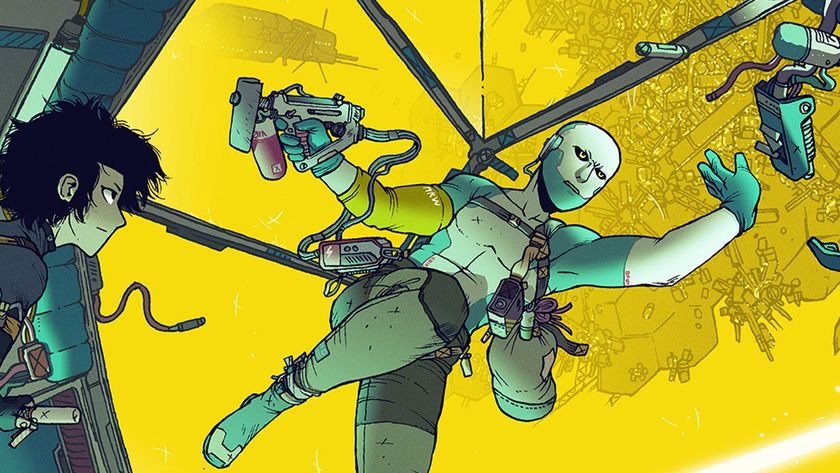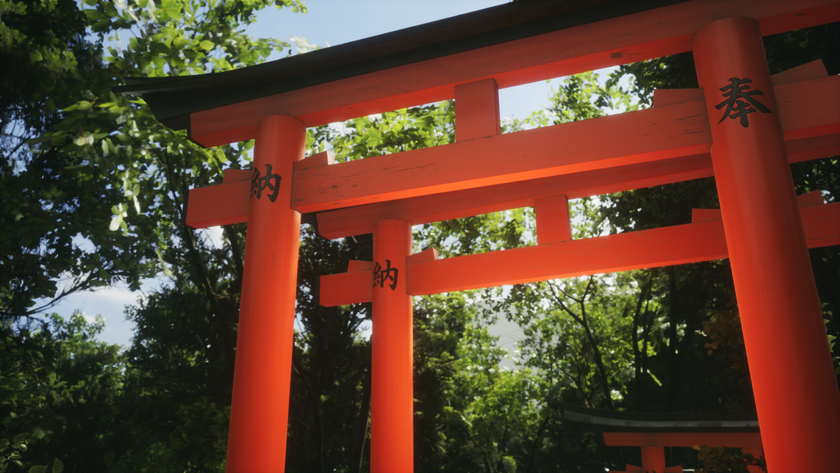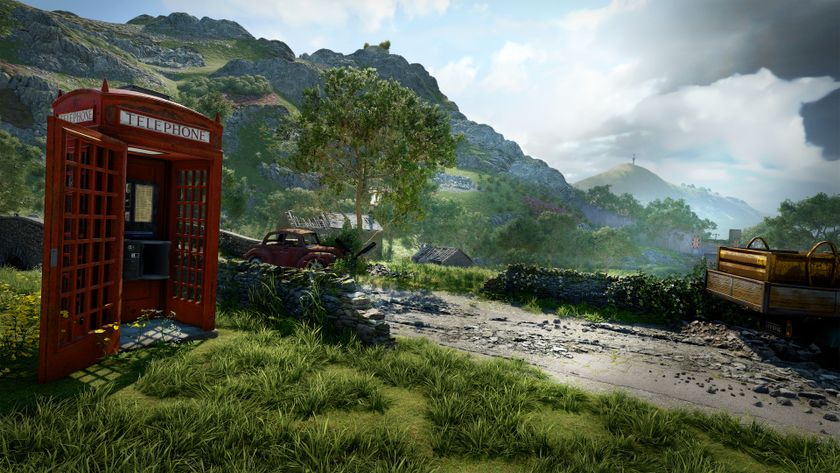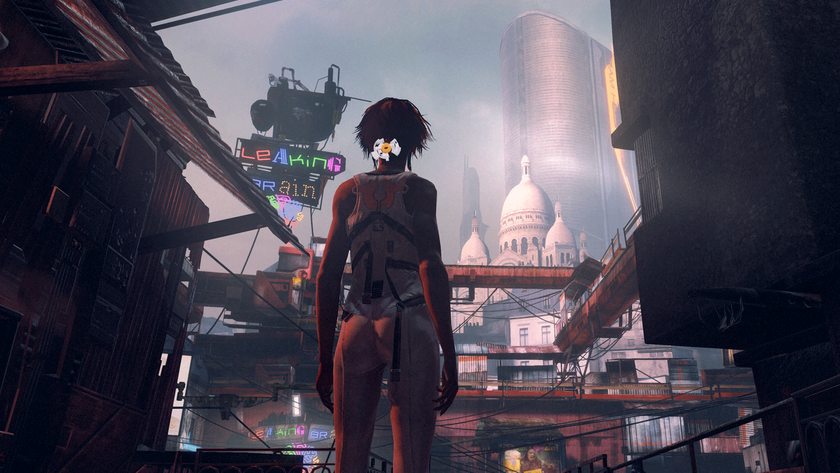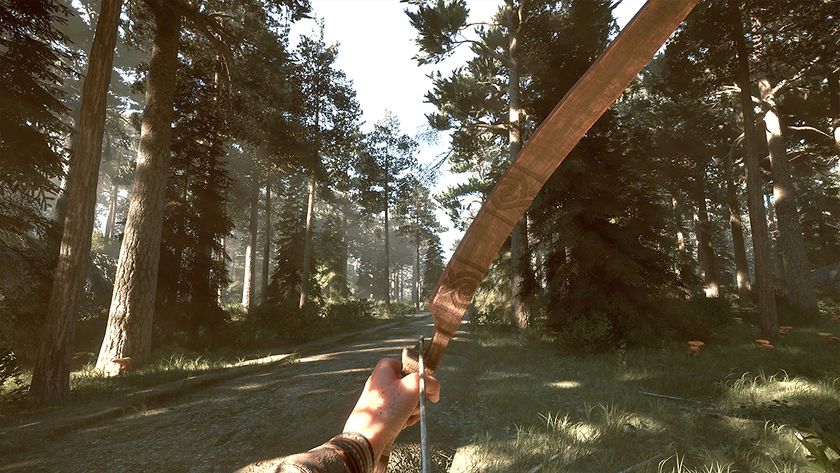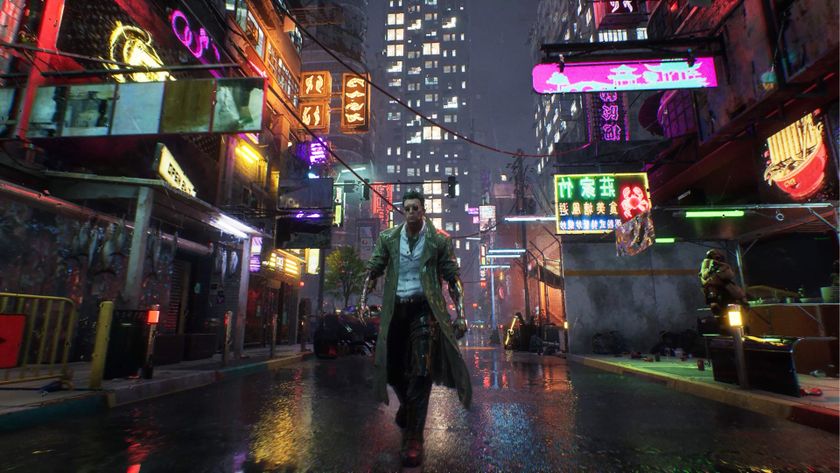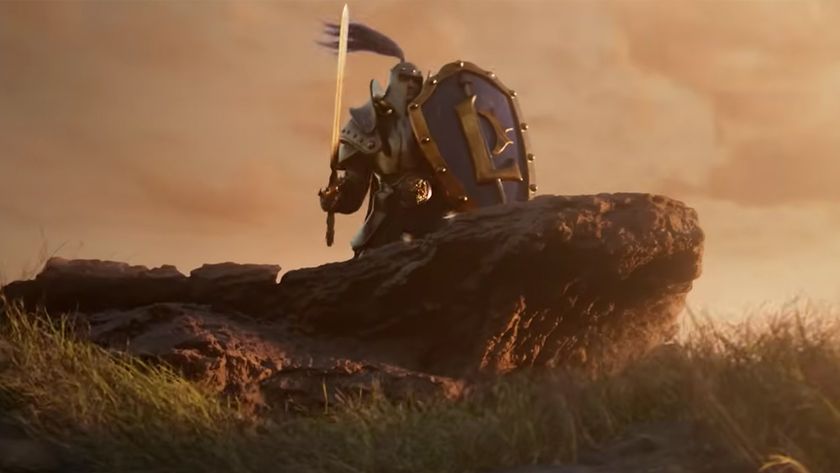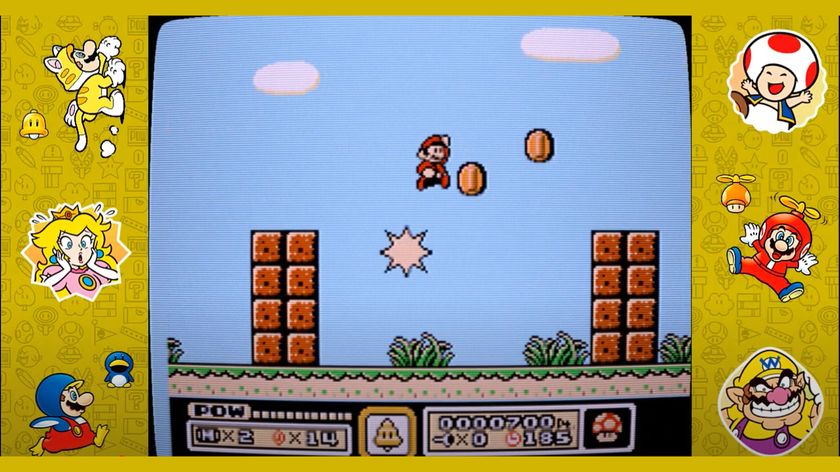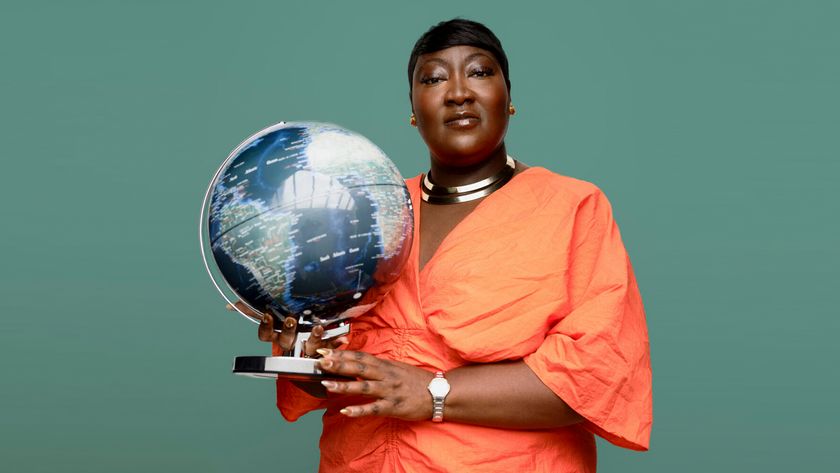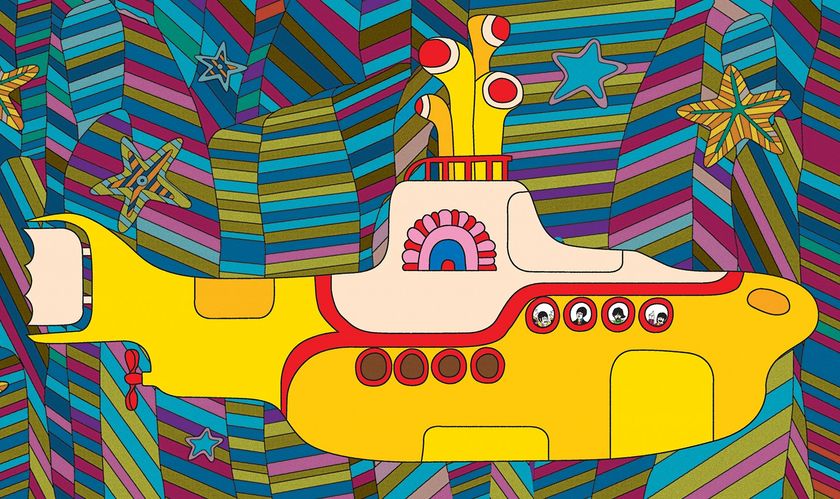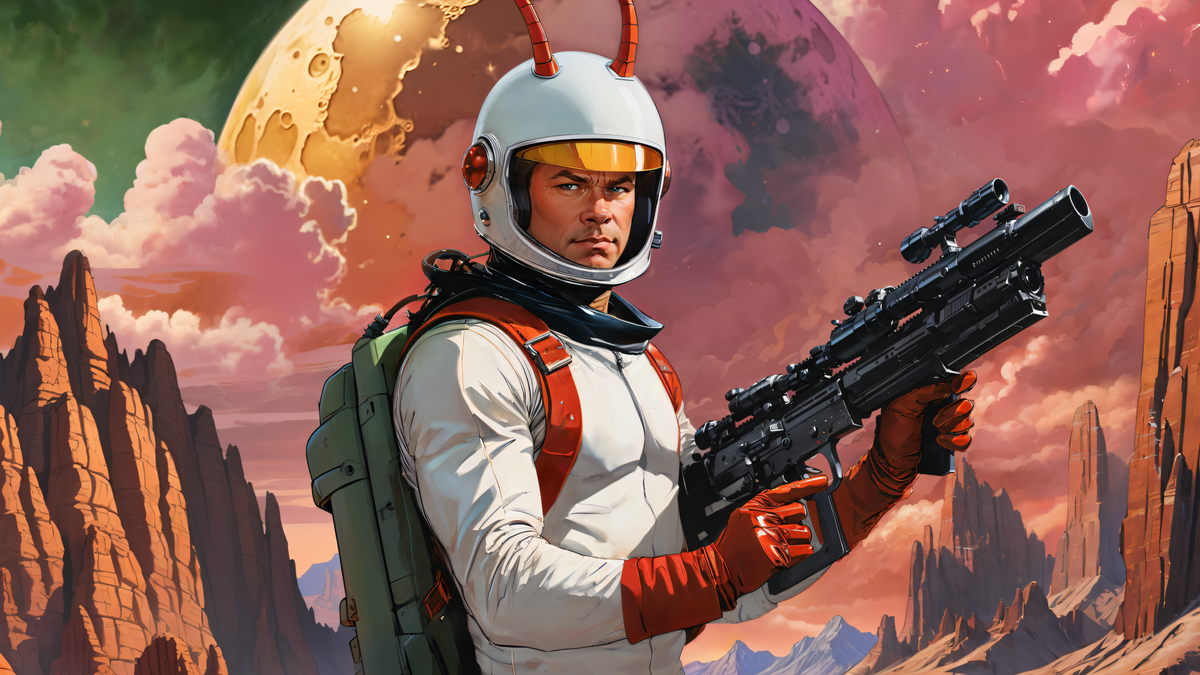
Publisher Dr. Kucho! Games
Developer Dr. Kucho
Release date 6 February 2025
Platform Steam (out now), PlayStation 5, Xbox Series S/X, Nintendo Switch
Format Unity
Indie game Moons of Darsalon has been in development for over eight years, and is certainly a passion project for solo developer Dr. Kucho who has battled temperamental AI, publisher small print and depression to bring the game to the best consoles, following its 10/10 rated release on Steam. The Moons of Darsalon console release date is set for 6 February 2025.
Inspired by classic retro games, comics and films from his childhood – a bit of Lemmings here, a nod to Dan Dare there, a glimpse of Barbarella: Queen of the Galaxy – Dr Kucho reveals the game, its art direction and design, is actually a blend of old and new. Made in Unity, this is a solo project; read our guide to the best game development software of you want to find our more about Unity and other apps.
While Moons of Darsalon has been inspired by "8-bit arcade games and 16-bit home computer games like Ghosts 'n Goblins, Xain’d Sleena, Lemmings on the Amiga 500", the developer questions how far the sentimentality goes.
"Nostalgia? 100% for the visuals. Gameplay and design ideas? 100% new," he says. While the game borrows some design ideas from older games, such as controlling non-player characters (NPCs) with voice commands like Oddworld: Abe’s Oddysee, Dr. Kucho says he's, "applied them in the most modern way possible, like using actual AI for the NPCs. Neither Lemmings nor Abe’s Oddysee had that".
Describing the graphics and visual style of Moons of Darsalon as 'nostalgic' does the game's tech a disservice. The game's graphics are generated using a unique render process that mixes modern lighting, 2D sprites and 3D models, all pixelated in real time.
The developer himself jokes: "Did I just say nostalgia was 100% applied to the visuals? Well, I lied," [laughs] Moons of Darsalon has 2D lighting that changes how objects are pixelated. This works because the game renders in full colour (not palletised) and then gets 'filmed' by a low-res camera, where the 2D lighting is applied."
Moons of Darsalon has 2D lighting that changes how objects are pixelated
Dr Kucho
He continues, explaining the unique approach to the game's lighting: "The graphics get palletised later using a post-process filter, similar to how colour grading works in Hollywood movies. It’s called Color Grading or LUT (Look-Up Table). I explain this stuff in my video series, The Making of Moons of Darsalon . And this is the previous episode where I explain the pixelation of the colour: The Making of Moons of Darsalon - Color Pixelation ."
Get the Creative Bloq Newsletter
Daily design news, reviews, how-tos and more, as picked by the editors.
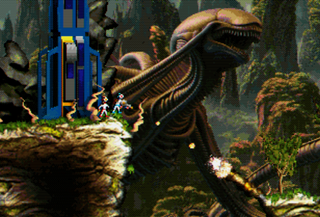
Developed using Unity - "Because when I started messing around with engines about 10 years ago, Unity was way better than the others – and it was free" – Moons of Darsalon has been in development for over eight years. The solo dev readily admits Unity isn’t built for pixel art, "at least for proper pixel art," he says, which has meant coding everything to stop pixels from distorting. "And even then, you’re battling different resolutions, GPUs, and decimal rounding issues across hardware. It’s insane," comments Dr Kucho.
The effort looks to be worthwhile. The game's core loop of venturing to pixel-art planets to rescue stranded explorers, shepherding them Lemmings-style using simple commands feels comforting, but the new tech gives the nostalgia a boost. The environments can be tunnelled into and broken apart, built on and destroyed.
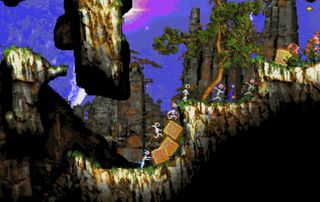
Getting the game to work, in Unity, required a lot of code - "[It] got so big I couldn’t keep track of it. I’ve literally rewritten the same function several times because I forgot I already made it," says Dr Kucho.
Each level begins with an idea, explains the dev, which is then played, tested, fixed and repeated. He tells me to speed up the process he coded a Unity tool to generate ground randomly to act as a starting point for each new level's design. "But you still have to manually tweak a ton to make levels actually work," he says.
It's clear why Moons of Darsalon has taken so long to make. The workload for one person is incredible. And the idea alone, well, even Dr Kucho says it was a bit ambitious.
"A physics platformer with irregular dynamic terrain is absolute madness!" he tells me, adding: "I didn’t realise it at first, but there are thousands of things that can go wrong with the gameplay. You can get stuck in a million different ways – like jumping, hitting a wall, and bouncing off it. And if that’s a problem for the player character, imagine the NPCs with their limited AI – they can get blocked in countless ways."
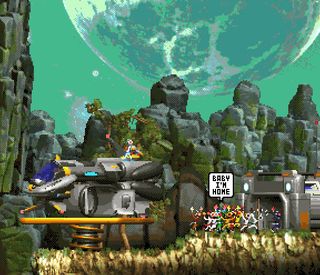
He tells me how to make simple acts like jumping less annoying. He had to move the body colliders slightly backward to prevent the player from bouncing off walls when jumping too close to them.
He explains: "At first, I tried disabling the body colliders while jumping and reactivating them when landing, but then you’d end up inside the wall, and it was a complete disaster. The solution of shifting the colliders back a bit is simple and effective – but you have to think of it. Until you do, you’ve got a major headache. And that’s just one of many issues like this!"
Add in the trial and error nature of developing a game, and I get the sense making Moons of Darsalon has been a labour of love. To go through all of this, it has to be.
"I scrapped tons of ideas because they were boring or didn’t add anything cool. I didn’t have the experience to know what would be fun in advance. Honestly, even with experience, I think it’s a gamble. Back then, I only knew what was fun as a player, not as a dev. This isn’t my first game, but it’s the first one where I tried to innovate with mechanics."
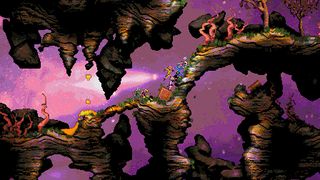
Everything, the eight-year development, coding, fixes and more took its toll and Dr Kucho says "depression" was an issue. "Long development times messed with me. I reached a point where I couldn’t even guess when the game would be done – not even a rough, ballpark estimate! All my previous predictions had failed, so I decided not to make any more. That hit hard."
He continues: "Then came the realisation that the game wouldn’t be financially worth it (spoiler: it’s not). Add to that the garbage contracts publishers offer, where they offload all the risk onto you while they ensure to have more releases that year. If your release fails, no big deal, we have more!"
And yet, Moons of Darsalon did release on Steam last year, and now the indie is coming to games consoles, including PlayStation 5 and Nintendo Switch in February 2025. After seeing the game, it looks like the perfect Nintendo Switch title, an ideal sofa handheld game that recalls some of my favourite retro games, with a modern tech twist.
After everything, does the developer have any advice for indie devs and solo game makers that Dr Kucho would like to share? "Make a small game, sell it cheap, and start over again" he remarks.
Love the look of Moons of Darsalon? Then read our guide to the best retro games consoles. Inspired? Then take a look at our rundown of the best laptops for game development.

Thank you for reading 5 articles this month* Join now for unlimited access
Enjoy your first month for just £1 / $1 / €1
*Read 5 free articles per month without a subscription

Join now for unlimited access
Try first month for just £1 / $1 / €1
Ian Dean is Editor, Digital Arts & 3D at Creative Bloq, and the former editor of many leading magazines. These titles included ImagineFX, 3D World and video game titles Play and Official PlayStation Magazine. Ian launched Xbox magazine X360 and edited PlayStation World. For Creative Bloq, Ian combines his experiences to bring the latest news on digital art, VFX and video games and tech, and in his spare time he doodles in Procreate, ArtRage, and Rebelle while finding time to play Xbox and PS5.

